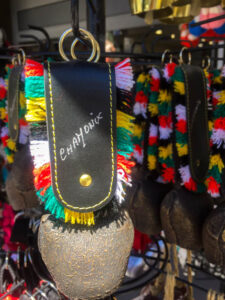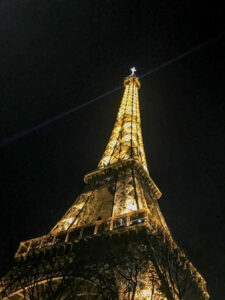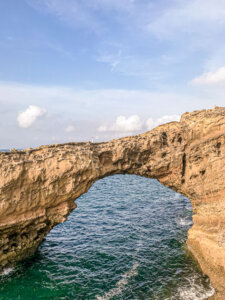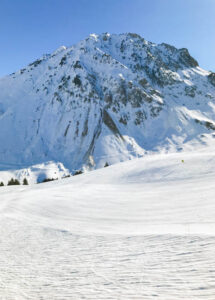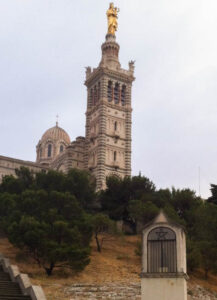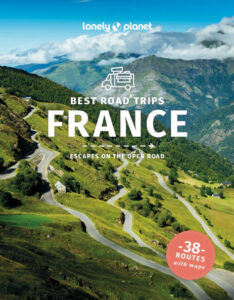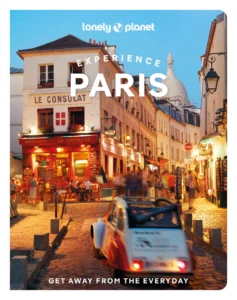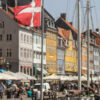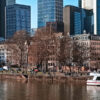France is one of the most popular destinations to visit in Europe thanks to its many landmarks, from imposing châteaux, to delicious food and an amazing cultural heritage, not to mention bustling cities such as Lyon, Marseille or Paris.
Funnily enough, I lived in the country half of my life, in the cute seaside village of Hendaye. And yes, I speak French too because I went to school there! 🙂
Have you visited France already? How did you like it? Let me know in the comments below.


